If you are an administrator for a small business IT or office, you may have to deal with many things to prevent users from doing unwanted changes to their Windows systems. This could be intentional or accidental, but either way, it may lead to crashes and sometimes data loss. There are many powerful tools in Windows to alter the system. And the best way to prevent such mishappening is to disable access to the registry editor in Windows 10. This way, your users/employees won’t be able to change any crucial settings.
Registry Editor is a powerful tool in Windows 10 system. It has many registry files which are required for the system to run properly. If anyone could access the registry editor and change any values without any knowledge, it could lead to chaos. So many administrators like to disable access to Registry editor and other such tools to prevent such incidents.
Also Read

Page Contents
How to disable access to Registry Editor in Windows 10
Windows 10 allows only users with administrative rights to access and edit registry files. However, it is possible to create a normal user account without Admin rights, which would prevent them from accessing registry files. But sometimes, admin rights might be required for the user if he is doing development or testing. In this case, we have to come up with a different method. Luckily Windows 10 also have another key feature or tool, the Group Policy editor. This tool allows admins to create certain policies that prevent accidents and unwanted issues.
Method 1: Using Group Policy editor to disable access to the Registry Editor
- Open the Run box by pressing the Windows key and R key at the same time.
- Type in the following text and hit enter.
GPEDIT.MSC

- Now the Group Policy Editor window will open. You may have to enter the admin password if prompted.
- Now navigate to the following group policy:
User Configuration > Administrative Templates > System
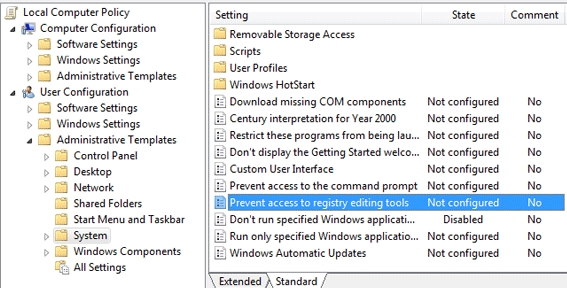
- Under Settings on the right side, find Prevent access to registry editing tools.
- Double click on it to open it and set it to Enabled and click on Apply and then OK.
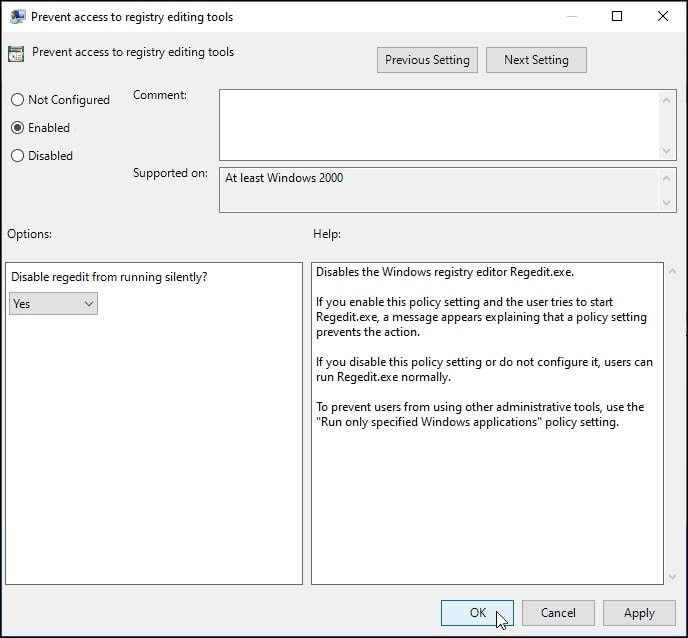
- Finally, close the Group Policy editor.
Now you may have to restart the computer for the change to take effect. After a restart, you should not be able to access the registry editor. It should say that it has been disabled. In case you want to access the Registry editor on the system again, then you can go back to the same policy and set it to disabled, and you should be able to access it after a restart.
Note: The Group Policy Editor will only be available in the Pro version of Windows. You will not be able to see it in the Home or Basic versions. in such a case, you have to follow the below-mentioned method.
Method 2: Using Registry Editor
Alternatively, if you are running Windows Home editions, you may not have Group Policy editor installed. In this case, you can use the Registry Editor to modify a registry and disable access to the Registry Editor.
- Open Run as described in the first method.
- Now type in the following text and hit enter.
regedit

- Now when the registry editor opens, navigate to the following registry:
HKEY_CURRENT_USER\SOFTWARE\Microsoft\Windows\CurrentVersion\Policies\System
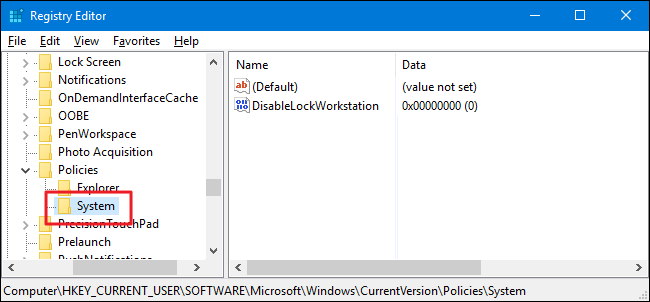
- On the right side pane, right-click and select New > DWord(32 bit).
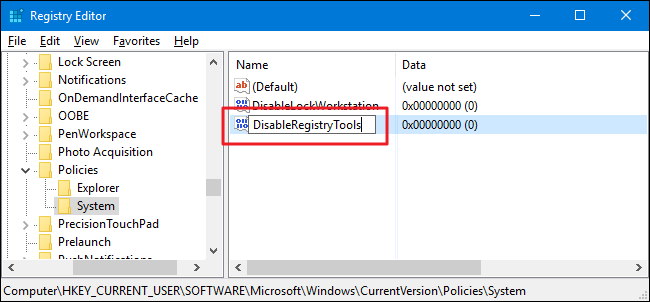
- Now name it as “DisableRegistryTools” and hit enter.
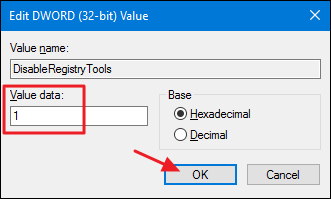
- Open the registry by double-clicking on it and change the value data from 0 to 1.
Finally, click on okay and close the registry editor and restart the system. After restarting the system, you should not be able to access the registry editor in the system.
Revert Back
In case you have disabled access to the registry from the registry editor and want to revert back, then you have to follow the method listed below:
- Open Start and search for CMD.
- Right-click on the Command prompt and run it as administrator.
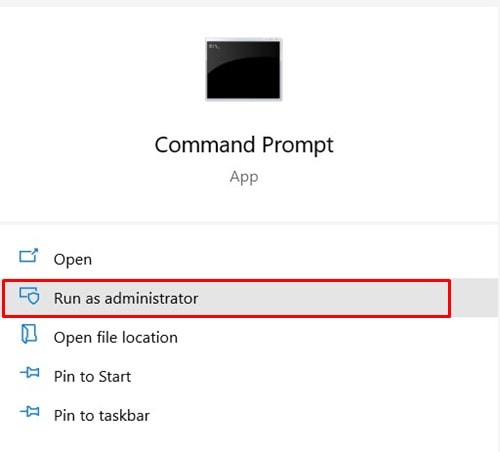
- Provide admin password if prompted.
- Now paste in the following command onto the black screen:
reg add "HKCU\Software\Microsoft\Windows\CurrentVersion\Policies\System" /t Reg_dword /v DisableRegistryTools /f /d 0
- Restart your system, and you should be able to access the registry editor back again.
Conclusion
That’s it; you have successfully disabled access to the registry editor on your machine. This step is quite easy. But when you have to do it on multiple systems, you have to do some extra work if those systems are not in a domain. When in a domain, you can use the server administrative tools in the domain controller to apply these group policies automatically when connected to the domain network. But that’s beyond the scope of this article. I guess by now, you should have the knowledge of disabling access to the registry editor.
